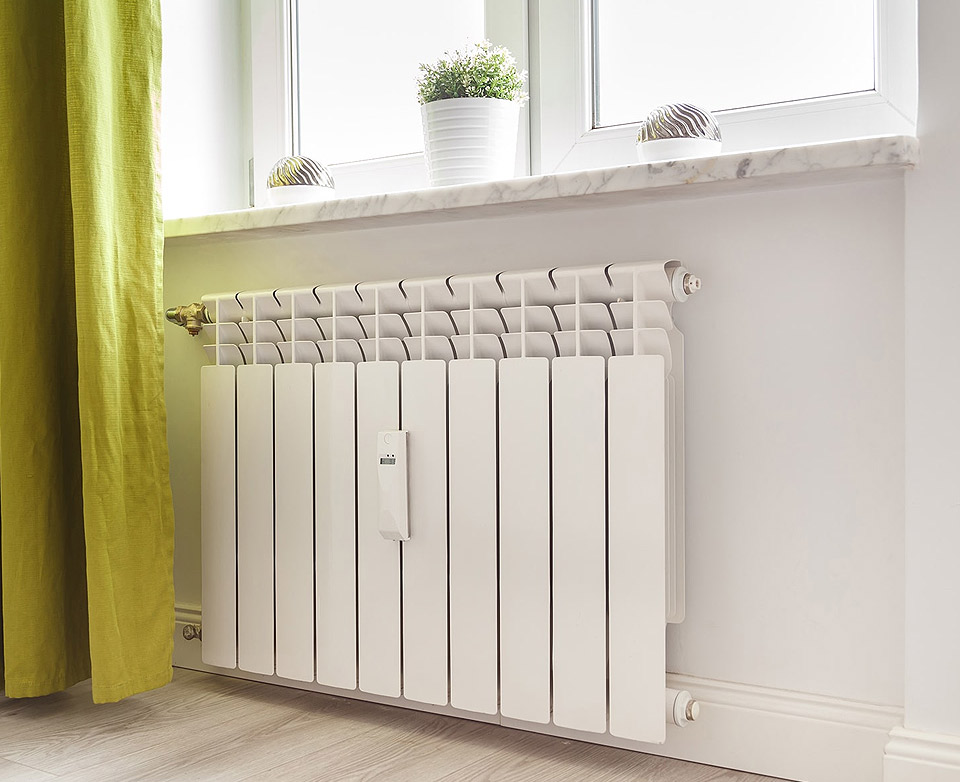
The Impact of Humidity: Balancing Indoor Air Quality
Hello, wonderful readers! Today, let’s embark on a journey into the often overlooked realm of indoor air quality. We’re not talking about the latest air purifiers or fancy ventilation systems – no, we’re delving into the world of humidity. Buckle up because this seemingly mundane aspect of our indoor environment is about to take center stage.
Unraveling the Mystery of Humidity
Before we start discussing the impact of humidity, let’s take a moment to understand what it is. Humidity is the measure of moisture content in the air. It’s that invisible friend that can make your hair frizzy on a rainy day or leave you desperately reaching for the water bottle during a scorching summer afternoon.
Indoor humidity, however, isn’t just about comfort. It’s a crucial factor influencing various aspects of our lives, from our health to the longevity of our furniture. So, why should we care about maintaining the right balance?
The Goldilocks Principle: Not Too Much, Not Too Little
Picture this: you walk into your home, and it feels like a tropical rainforest. Your windows are fogged up, and you half-expect to see a toucan perched on your sofa. Not exactly the cozy haven you had in mind, right?
On the flip side, imagine stepping into a space where the air is so dry that even your houseplants are considering packing their bags. Your skin feels parched, your lips are chapped, and you’re pretty sure you just set a new record for static electricity shocks every time you touch something.
In both scenarios, you’re experiencing the consequences of imbalanced humidity. The ideal indoor humidity level, often referred to as the Goldilocks zone, falls between 30% and 50%. This range ensures a comfortable living environment without providing a breeding ground for unwelcome guests like mold and dust mites.
The Humidity-Health Connection
Now, let’s talk about the not-so-obvious impact of humidity on our health. Have you ever woken up with a scratchy throat or a nose that feels like it’s hosting a small desert ecosystem? Low humidity might be the culprit.
Dry air can irritate our respiratory system, making us more susceptible to colds, flu, and respiratory infections. It’s like an open invitation for those pesky viruses to set up camp in our nasal passages. By maintaining an optimal humidity level, we can create an environment that’s less hospitable to these unwelcome guests.
On the other side of the spectrum, high humidity can lead to a different set of health issues. Ever experienced allergies acting up indoors, seemingly without any external triggers? Mold and dust mites thrive in humid conditions, triggering allergic reactions and aggravating conditions like asthma.
Tips for Achieving Humidity Harmony
Now that we’ve established the importance of humidity and its impact on our well-being, let’s dive into some practical tips for achieving the perfect balance.
- Get Yourself a Hygrometer:
The first step in mastering the humidity game is knowing where you stand. A hygrometer is a small device that measures the moisture content in the air. It’s like having a weather forecast for your living room. Once armed with this information, you can make informed decisions on whether to introduce more moisture or dry things out a bit. - Embrace the Humidifier or Dehumidifier:
Depending on your hygrometer readings, it’s time to bring in the heavy artillery. If your indoor air is drier than the Sahara, a humidifier can infuse some much-needed moisture. Conversely, if you’re practically swimming in humidity, a dehumidifier can be your knight in shining armor, rescuing you from the clutches of mold and mildew. - Ventilate Wisely:
Proper ventilation is a simple yet effective way to maintain optimal humidity levels. Open windows and doors to let fresh air in, especially during activities that generate moisture, like cooking or showering. It’s a natural and cost-effective way to keep things in balance. - Green Allies – Houseplants:
Houseplants are not just aesthetically pleasing; they can also help regulate humidity. Some plants are moisture-loving, releasing water vapor into the air through a process called transpiration. Spider plants, peace lilies, and Boston ferns are excellent choices for maintaining a healthy balance. - Seal the Leaks:
Humidity can sneak into your home through tiny cracks and gaps. Conduct a thorough inspection and seal any leaks in windows, doors, and walls. Not only will this help with humidity control, but it’ll also save you some bucks on your energy bill.
In the grand scheme of indoor air quality, humidity is a player that deserves a spotlight. Its effects go beyond the discomfort of a sticky day or the dryness of a winter night. By understanding and managing humidity levels, you’re not only ensuring a more comfortable living environment but also safeguarding your health.
So, let’s raise a glass to the unsung hero of indoor air quality – humidity. Strike that balance, embrace the Goldilocks zone, and breathe easy knowing you’ve got the key to a healthier and happier home. Cheers to better air and better living!










